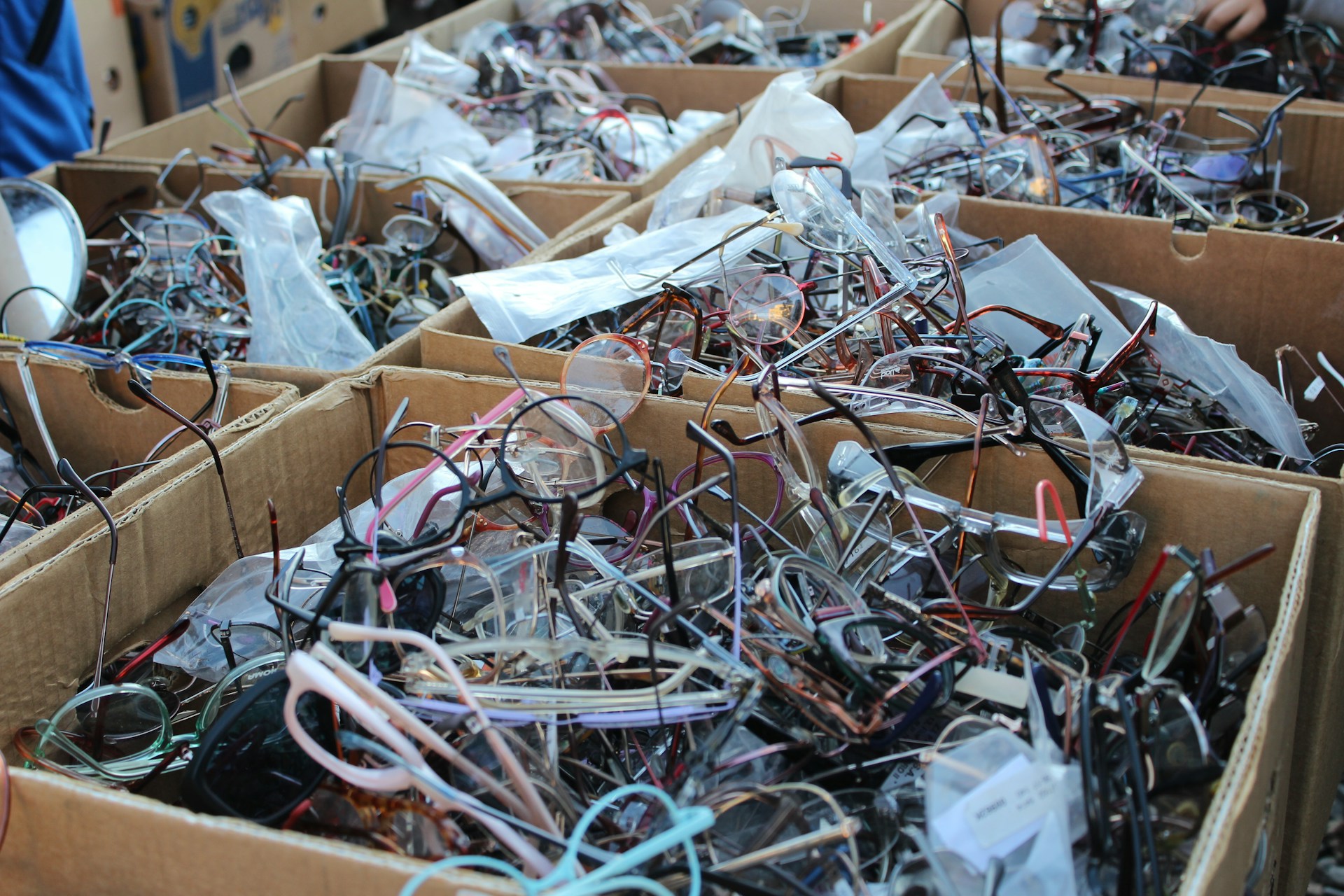Electrical engineers led by Professor Aaron Franklin at Duke University have developed a new technique that allows the printing of fully functional and recyclable electronics at sub-micrometer scales. This achievement could have major implications for the global electronic display industry, valued at more than 150 billion dollars, while also reducing its environmental impact and offering a pathway for expanded U.S. manufacturing in a sector currently dominated by production overseas.
Smith, B. N., Albarghouthi, F. M., Doherty, J. L., Pei, X., Macfarlane, Q., Salfity, M., Badia, D., Pascual, M., Boncenne, P., Bigan, N., M’Barki, A., & Franklin, A. D. (2025). Capillary flow printing of submicrometre carbon nanotube transistors. Nature Electronics. https://doi.org/10.1038/s41928-025-01470-7
The research team demonstrated a method for printing carbon-based transistors that can be completely recycled while maintaining electrical performance comparable to current industry standards. The approach builds upon Franklin’s previous work on recyclable electronics but significantly improves resolution and manufacturing potential.
Several years ago, Franklin’s lab created the first fully recyclable printed electronics using aerosol jet printing. However, that process could not produce features smaller than 10 micrometers, limiting its use for high-performance devices. In their latest study, Franklin and his colleagues partnered with Hummink Technologies, a French company specializing in precision additive manufacturing. Together they employed a process known as high-precision capillary printing, which uses the natural flow of liquids through narrow channels to deposit materials with extremely fine control.
The system relies on the same physical phenomenon that allows a paper towel to absorb liquid, but at a microscopic scale. The result is the ability to print features with gaps smaller than one micrometer, a critical threshold for making high-density electronic circuits.
The researchers used three carbon-based inks made from carbon nanotubes, graphene, and nanocellulose. These materials can be printed on both rigid surfaces such as glass and silicon and flexible materials like paper or polymer films. The inks were refined from earlier versions developed in Franklin’s lab to suit the capillary printing system.
In their demonstration, the team successfully produced thin-film transistors with channel lengths of less than one micrometer. The smaller the channel, the stronger the electrical performance—a key factor for applications in display backplanes, which are the control layers behind every digital screen.
Professor Aaron Franklin at Duke University stated,
“The only real obstacle, to me, is getting sufficient investment and interest in addressing the remaining obstacles to realizing the considerable potential.”
The display industry, which includes LCD and OLED screens, depends heavily on thin-film transistors to control each pixel. Current manufacturing processes require high temperatures, vacuum chambers, and significant energy consumption, leading to high carbon emissions and waste. Less than a quarter of discarded electronics are recycled globally each year.
The new capillary printing method offers a more sustainable approach. It consumes less energy, eliminates the need for vacuum systems, and allows for complete material recovery at the end of a device’s life. In earlier studies, Franklin’s group demonstrated that their printed transistors could drive individual LCD pixels, and the improved sub-micrometer version could soon enable the same for OLED displays, which demand higher current and precision.
According to Franklin, this type of additive manufacturing will not replace high-performance silicon chips but could transform mid-range applications such as displays and large-area sensors. It provides a foundation for lightweight, recyclable, and potentially domestically produced electronic devices.
While the technology shows strong promise, Franklin acknowledges that further development and investment are needed before large-scale commercialization. The team aims to refine the printing process, increase production speed, and demonstrate complete display prototypes using their printed transistors.
Funding challenges remain a concern. Franklin noted that a National Science Foundation program once targeted for this type of research was recently discontinued, though the group continues to seek new avenues for support.
Despite these obstacles, the team sees their method as a realistic step toward sustainable electronics manufacturing. By integrating recyclability and precision into a single printing process, their work could help reshape how modern displays are produced; making them more environmentally responsible and potentially bringing portions of their manufacturing back to the United States.

Adrian graduated with a Masters Degree (1st Class Honours) in Chemical Engineering from Chester University along with Harris. His master’s research aimed to develop a standardadised clean water oxygenation transfer procedure to test bubble diffusers that are currently used in the wastewater industry commercial market. He has also undergone placments in both US and China primarely focused within the R&D department and is an associate member of the Institute of Chemical Engineers (IChemE).



